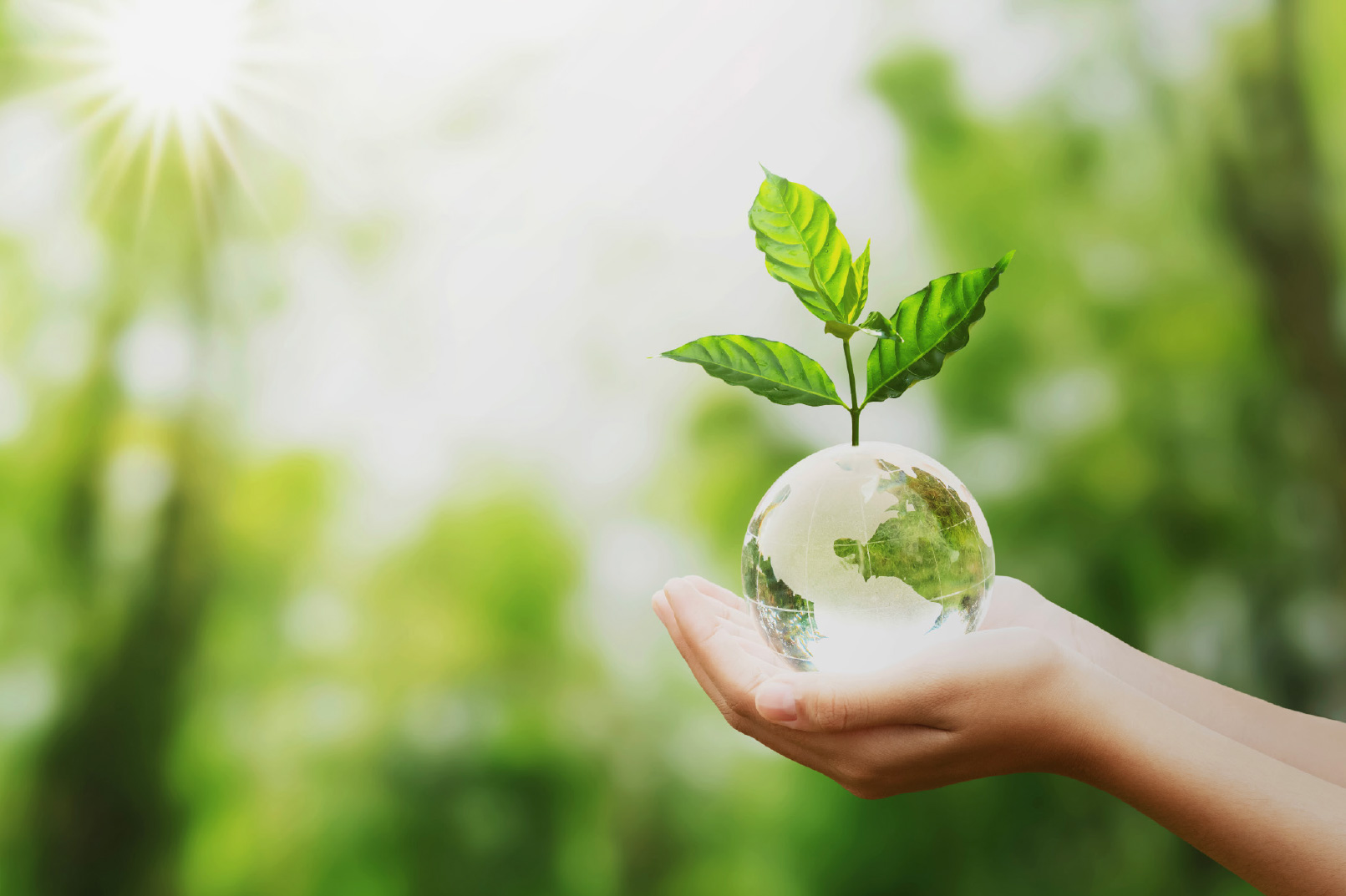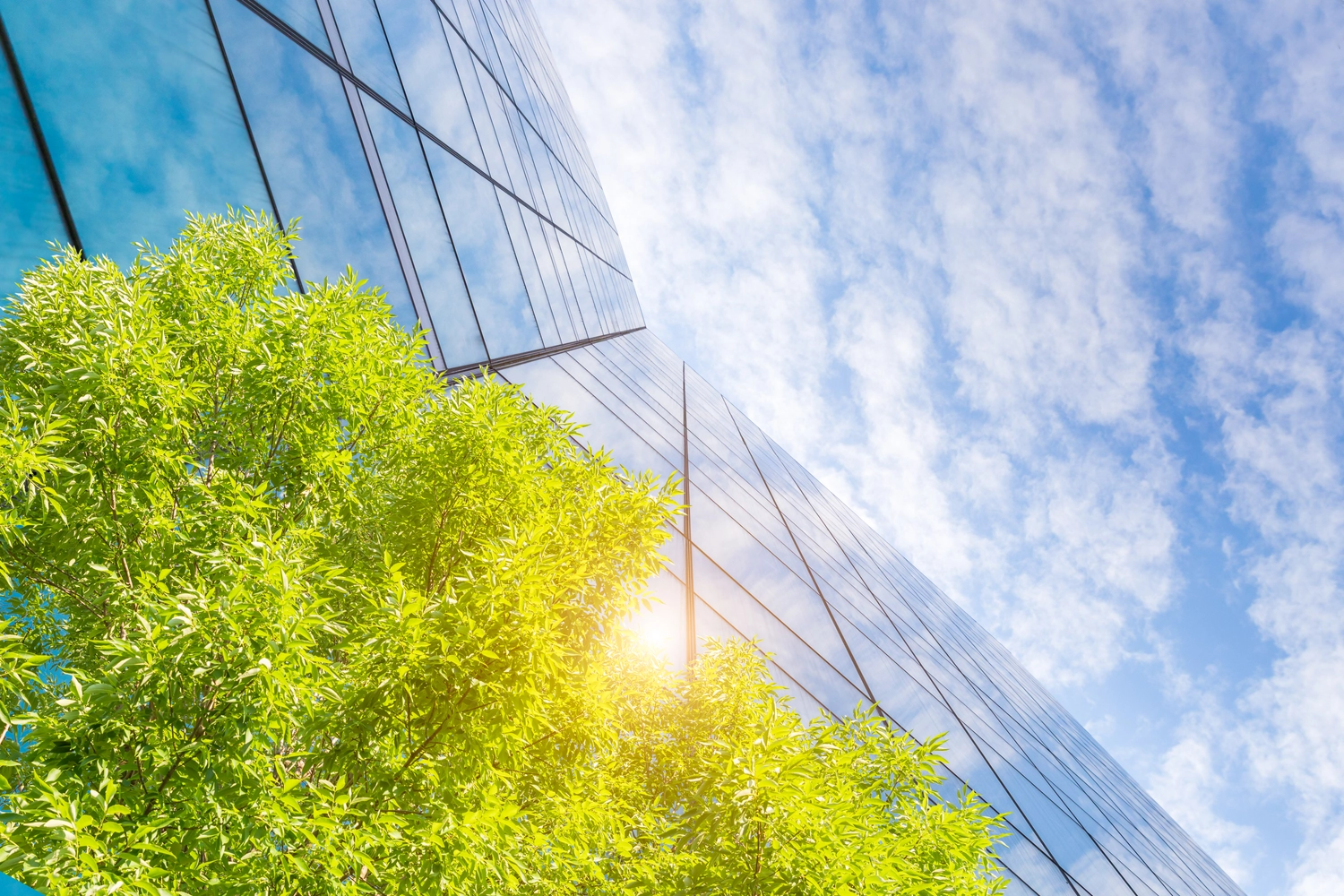Copyright © 2024 lyonsglassgallery.com. All rights reserved.
lyonsglassgallery
Just blog
Hello, eco-friends and glass enthusiasts! Let’s chat about glass and sustainability. Often overlooked in discussions about eco-friendly materials, glass actually plays a significant role in our journey towards a more sustainable future. Here’s how glass is contributing to environmental conservation and sustainability.
1. Recyclability: Glass Goes Round and Round
One of the biggest wins for glass in the sustainability game is its recyclability. Glass can be recycled endlessly without losing quality or purity. This means we can keep using the same glass materials over and over, reducing the need to extract new raw materials and decreasing the environmental footprint.
2. Energy Efficiency in Buildings
Glass is a star player in green building design. Advancements in glass technology, like double-glazing, low-emissivity (low-E) coatings, and smart glass, help buildings become more energy-efficient. They reduce the need for artificial heating and cooling, cutting down on energy consumption and greenhouse gas emissions.
3. Solar Power: Harnessing the Sun
Glass is crucial in solar panel technology. Photovoltaic (PV) panels, which convert sunlight into electricity, use glass as a protective and enhancing layer. This use of glass is directly contributing to the growth of renewable energy sources.
4. Sustainable Packaging
In the world of packaging, glass presents a sustainable option. Unlike some plastics that degrade in quality upon recycling, glass maintains its integrity. This makes it a go-to choice for food and beverage packaging, encouraging a shift away from single-use plastics.
5. Glass in Transportation
Glass innovations in the automotive and transport sector also contribute to sustainability. For example, lightweight glass in vehicles can lead to better fuel efficiency, reducing the overall carbon footprint of transportation.
6. Reducing Carbon Footprint in Production
The glass industry is increasingly focusing on reducing its carbon footprint. This involves using more recycled glass in production, improving energy efficiency in manufacturing processes, and exploring alternative, less carbon-intensive raw materials.
7. Eco-Friendly Glass Products
The push for sustainability has led to the development of eco-friendly glass products. This includes glass that is designed to be easily recycled, glass that incorporates bioactive properties for environmental benefits, and glass used in green tech applications.
Conclusion
Glass, with its recyclability, role in energy-efficient buildings, contribution to renewable energy, and sustainable packaging, is a key player in our quest for a more sustainable and environmentally friendly future. Its versatility and adaptability make it an invaluable resource in tackling environmental challenges. So, next time you sip from a glass bottle or look out a double-glazed window, remember – glass isn’t just about what you see through it; it’s about seeing a greener future!
